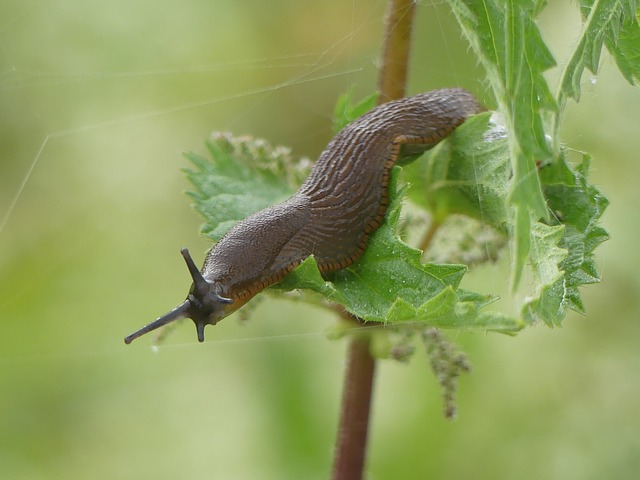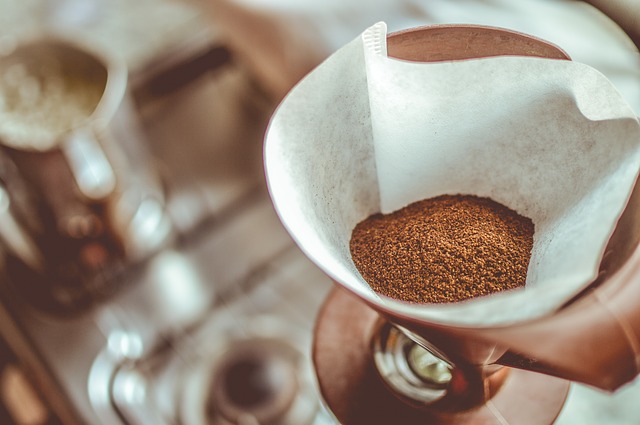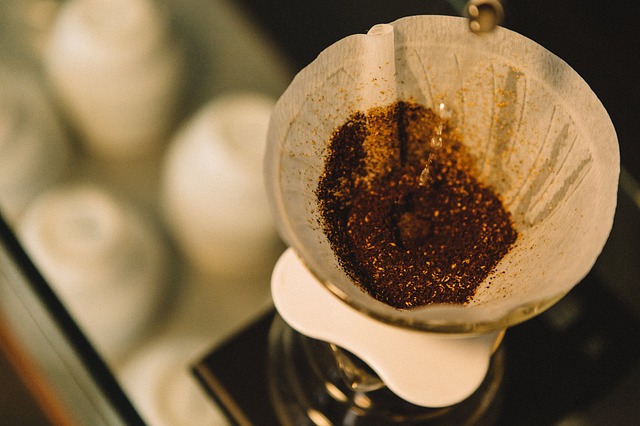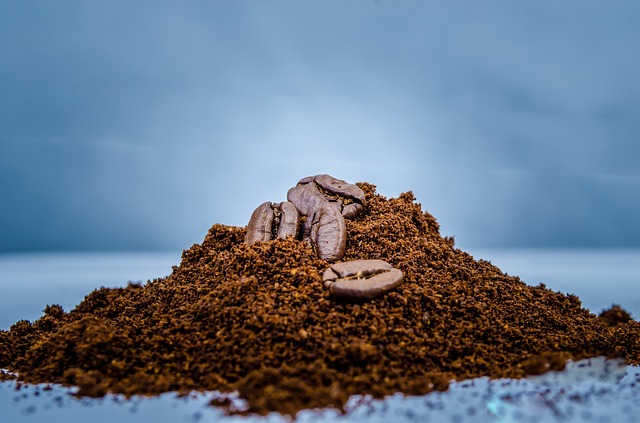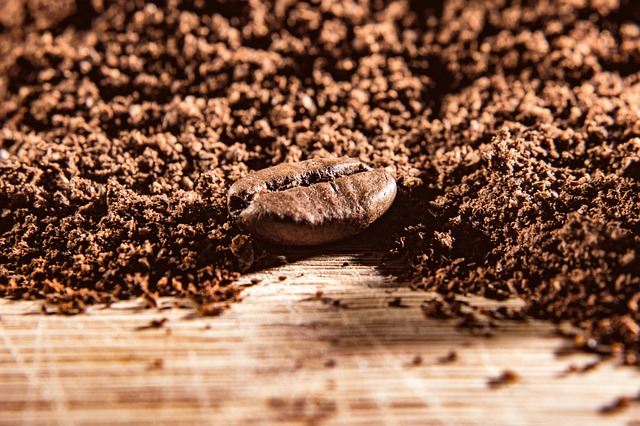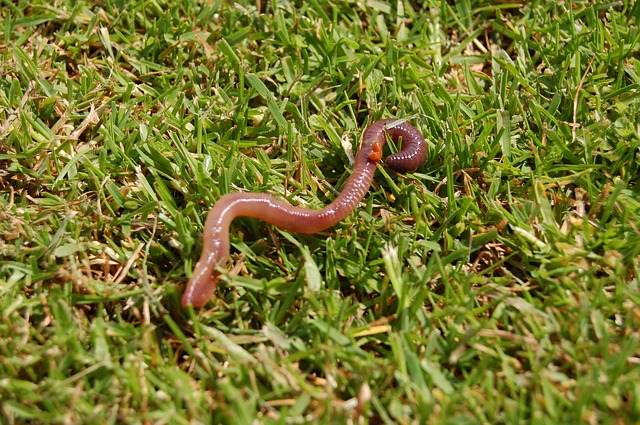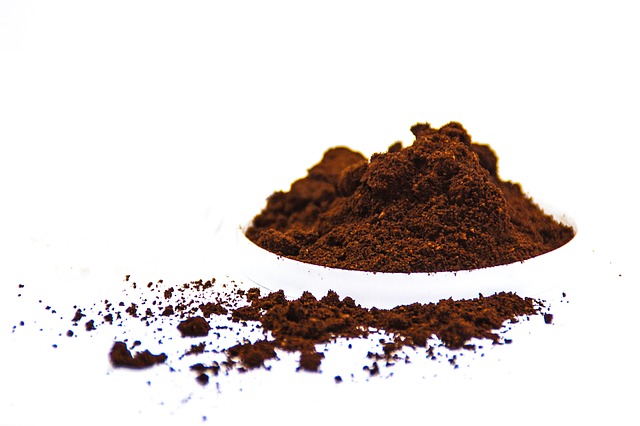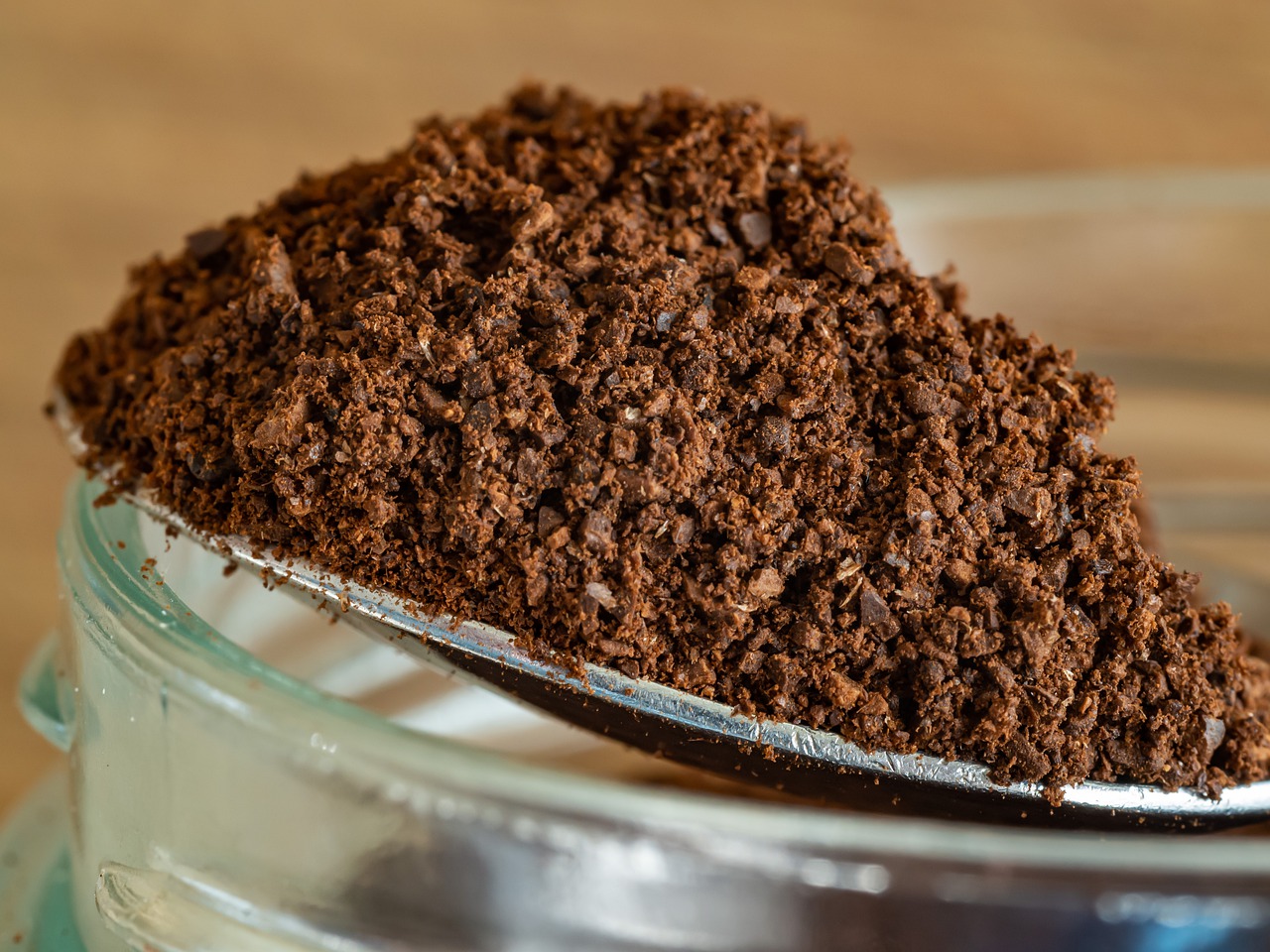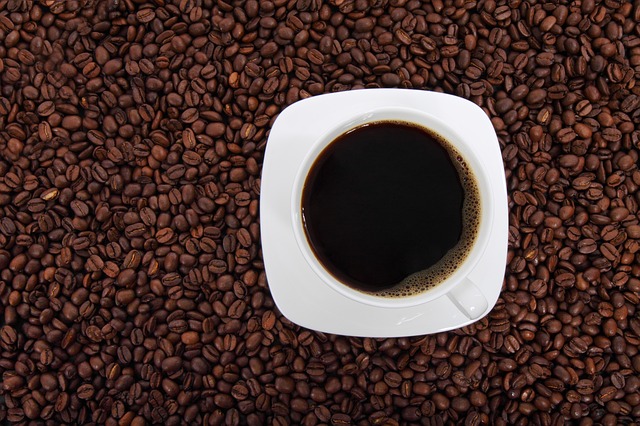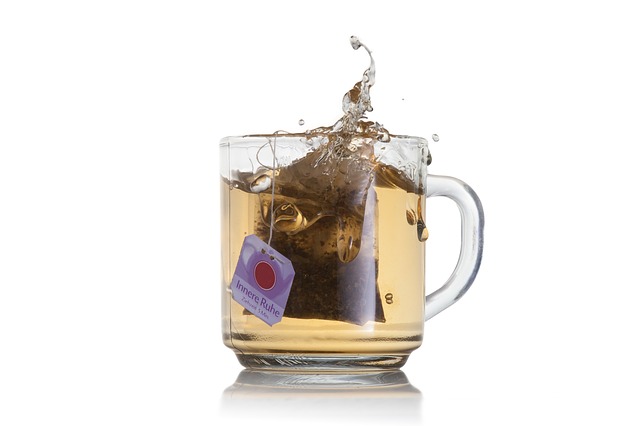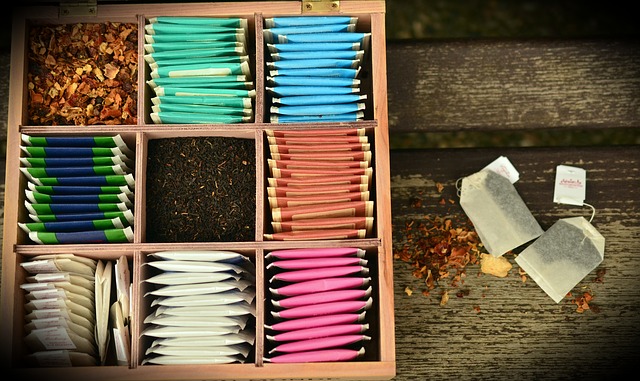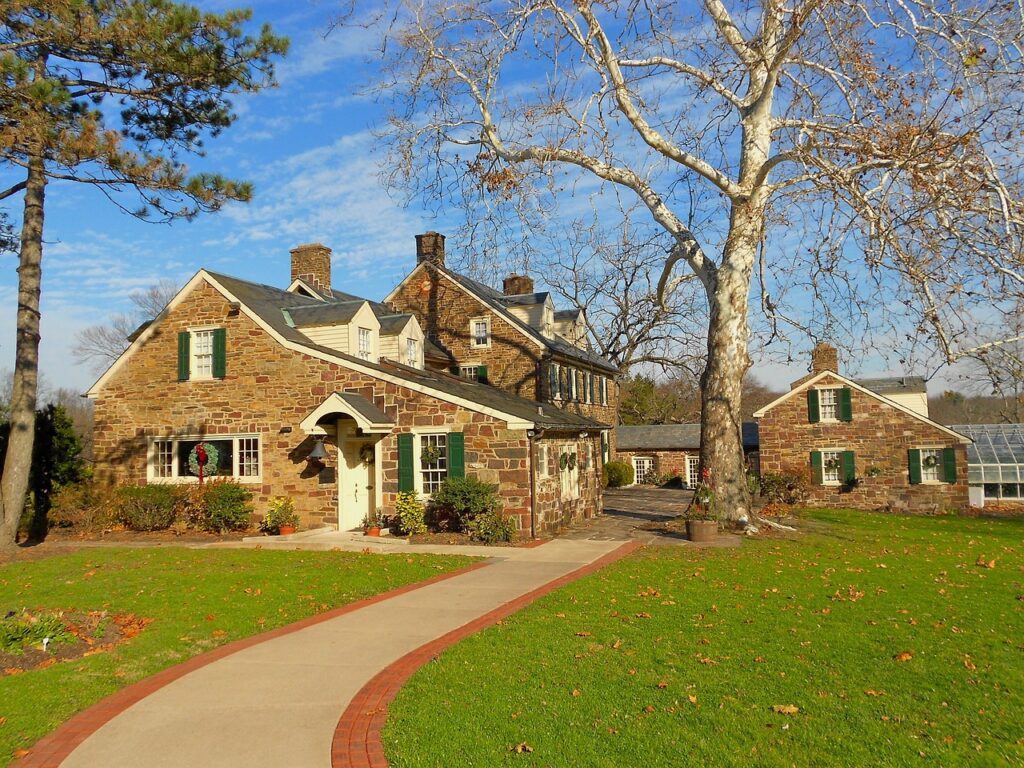
When it comes to gardening and planting trees, everyone loves the look of a beautiful landscape that makes the most of the natural resources available to you. Yet, certain trees, droughts, and shifting soils can pose risks to your home’s foundation. Before creating the garden and landscape of your dreams, it is critical to understand any risks involved and how you can prevent foundation issues in the future.
Why Tree Roots Must Be Watched
Whether they are small and forming, or large and deep, tree roots are quite strong. The objective of tree roots is to find more sources of water and nutrients–as a result, they grow deeper in the search.
Their movements can and do affect the soil they are planted in. When soil consists of loose dirt and rocks, they essentially shift and become displaced–allowing the roots to move through it more easily.
You want to determine what type of soil your home sits on since that will give you an idea of what type of damage tree roots can pose to your home’s foundation. Another type, clay soils, compact easily. When tree roots push through clay soils, they become more densely packed. When it comes to droughts, roots can shrink when clay soils dry.
When it rains, the roots expand as they take in water. The shrinking and expanding process affects the structural integrity of the soil. It also helps to contact authorized foundation repair services such as Allen’s Foundation and Level Pro if you have any questions regarding your soil, trees, and foundation.
According to the National Oceanic and Atmospheric Association, since the 1990s, there has been an increasing trend nationwide towards more extended dry periods that are then followed by downpours. These types of climate patterns strongly affect soil underneath buildings.
When clay soils shrink during droughts and swell during floods, structures can bob. Then, subsidence, or shrinking happens gradually. Moreover, subsidence is not covered by most homeowners’ insurance policies in the United States.
Keep Trees Watered
Even during times of water rationing, you can keep your trees well-watered without violating any water restrictions. You want water to be applied through long and slow treatments. This promotes deeper root growth as opposed to using frequent and light applications of water.
Assess Any Potential Tree Dangers
If existing trees are planted less than 10-20 feet away from the foundation, you might want to remove them. On the other hand, if removal is not an option, you should prune the roots and install a root barrier to help prevent foundation damage from tree roots.
If the tree is older than the house, tree removal may cause a void under the foundation as the roots die. In this case, it is essential to consult with an expert.
Consider Your Home’s Architecture And Style
When it comes to landscaping, you want to avoid competing elements that detract from the main entrance of your home. To illustrate, stay away from tall paintings that block views of your home or from planting a lone bed in the middle of an open lawn. The front entrance is where guests will experience your landscape at close range.
You want to make it inviting by having an intriguing contrast of plant forms, foliage colors, textures, and flowers. Tall plantings can make a small home appear larger. Medium-sized flowering trees such as Canadian redbud and crape myrtle are best for a casual, cottage-style home. More stately homes should look into planting English oak or juniper.
Concrete Settling
Foundations will settle due to soil shrinking in dry spells. Oftentimes, you can’t even tell a foundation is settling unless you look closely. Roots are not the direct cause of foundation damage. It is due to changes in the condition of the soil. Concrete settling can also be both unsightly and dangerous.
The reason is that when concrete settles, it is more likely to shift and crack. Depending on how much movement there is, your home’s overall structure can be affected. Usually, cracks first form in basement walls. This is a situation often overlooked by many homeowners.
Although, if concrete only cracks due to root activity, newer homes may not be affected at all. In older homes, and in extreme cases, the entire house can experience damage.
In these cases, support beams may shift, walls may sink or crack and ceilings could become uneven. Concrete settling is not always a hazard, but it can cause more significant damage in older homes.
Flooding
Similar to droughts, flooding can also cause structural and foundation damage. If your foundation has settled and has cracks, it becomes more vulnerable to flooding. When rain comes in, imagine the damage caused as water seeps through cracks.
So, in addition to foundation repair, you may be facing hundreds or thousands of dollars in property damage. This is why roots and landscaping must be properly planned to extend the lifetime of your foundation.
A beautiful landscape can make any home feel warm and inviting. Although, your foundation can suffer without the right planning. The above tips can help ensure that your foundation withstands preventable dangers.
Start Shopping for Landscaping Supplies!
Does Copper Tape Stop Slugs?
Does copper tape stop slugs? The answer is yes. And you can use this simple solution to keep your plants safe from those slimy plant-eating pests. Repel Slimy Garden Invaders Without Harm Despite being relatively small and very slow-moving, slugs can do a lot of...
Coffee Grounds For Flowers
For many of us, there’s nothing we’d rather do than relax with a cup of coffee near the flower garden. Most people don’t realize however that the grounds used to make our coffee can help to increase the health and beauty of our garden. Here’s what you’ll need to know...
Coffee Grounds For Roses
Using coffee grounds for roses is a fabulous way to improve the health of your plants, helping them to produce those gorgeous flowers you’ve been dreaming of. But there are a few things you’ll need to know before getting started. Conditions Roses Prefer Roses do best...
Do Roses Like Coffee Grounds?
Do roses like coffee grounds? This is something many gardeners wonder about, especially since feeding roses coffee grounds has been a practice that’s been around a very long time. The answer is yes they do, and here’s what you’ll want to know. Roses And Acidic Soil...
How To Use Coffee Grounds For Grass
You’ll want to think twice before you toss your used coffee grounds in the trash every day. Those grounds can actually be used to feed and increase the health of your lawn. Here’s everything you’ll want to know about using coffee grounds for grass. Advantages Of...
Are Coffee Grounds Good For Grass?
Are coffee grounds good for grass? The answer is yes, so you may want to think twice before throwing away your used grounds after your morning cup of coffee. Instead, you can put them to work helping increase the beauty of your lawn. Benefits Of Using Coffee Grounds...
Are Worms Good For Your Lawn?
Despite their slimy looks worms are well-known for being very helpful in the garden. But are worms good for your lawn? You bet they are, and here’s why! Aeration As worms travel from place to place in the soil below your lawn, they create a maze of tunnels. And those...
How To Use Coffee Grounds For Snails
You don’t have to kill those annoying garden snails in order to keep them from eating your plants. In fact, you can use your morning coffee as a non-lethal weapon against them. When they come into contact with your coffee grounds snails will turn right around and...
How To Use Coffee Grounds For Ants
There are endless sprays and poisons you can use to get rid of ants. However, you won’t have to look any further than your morning cup of coffee if you’d like a repellent that doesn’t contain any harmful chemicals. By using coffee grounds ants will stay away and kids...
Which Plants Like Coffee Grounds?
While using coffee grounds in the garden offers quite a few benefits, they can be slightly acid and therefore not appropriate for all plants. So which plants like coffee grounds? Here’s what you’ll need to know. The Basics Of Coffee Grounds Coffee grounds contain...
Coffee Grounds And Hydrangeas
While many people love their hydrangeas, they often would love them even more if they were blue. Luckily the grounds from your morning cup of coffee can help you to achieve those gorgeous blue blooms. Here’s what you’ll need to know about coffee grounds and...
Coffee Grounds For Worms
Worms are an extremely helpful component of any compost bin or pile, not to mention worm farms. And it turns your morning cup of coffee can contribute to their diet. Using coffee grounds for worms is an easy way to keep them from heading to the local landfill while...
Using Coffee Grounds In The Garden
Your morning cup of coffee can help you to not only start your day off right, but in the garden as well. The grounds used to make it have many important properties that are ideal for both plants and soil. By using your coffee grounds in the garden you’ll be able to...
Using Coffee Grounds In Compost
It’s estimated that over two billion cups of coffee are consumed around the world each and every day. And that’s an enormous volume of grounds which are used and then tossed in the trash. By using coffee grounds in compost instead, you can help cut down on waste and...
Used Tea Bags In The Garden
Many people don’t realize that once you’ve had a cup of tea, your tea bag can be used again in quite a few other ways. There are actually many great uses for used tea bags in the garden. And here are some of the best! Free Natural Fertilizer The tea leaves and...
Used Tea Bags In The Compost
The next time you have your daily cup of tea, you may want to think twice about throwing that tea bag in the trash. Instead of contributing extra waste to landfills, you can help the environment and your garden by placing used tea bags in the compost. But before you...
5 Eco-Unfriendly Things You Do That Kill Your Garden
Any budding gardener out there wants to do the best for their garden and their plants. But are you accidentally causing it harm? Here are five eco-friendly things you do that kill your garden: Buying Plants that Contain Pesticides You may not use pesticides yourself...
7 Reasons You Need to Start Gardening Now
Looking for a fun hobby to help you relax? Get outside and get to work in a garden. Gardening has a variety of benefits for your mental, physical and spiritual health. Wondering how tending to plants can help you tend to your health? Here are seven ways gardening can...
Quick Tips To Speed Up Compost Times
Compost is an excellent soil conditioner and natural fertilizer. However, it can take quite a while for it to break down into a form that you can use. Luckily there are a handful of simple things you can do to help speed up compost times without much effort. Size In...
6 Common Types Of Soil Deficiency And How To Solve Them
Unfortunately, not all soil has the nutrients that plants need to grow and thrive. In some cases, it may be lacking in one area or another and therefore need a boost. Here are the most common types of soil deficiency and the best ways to deal with each of them....
